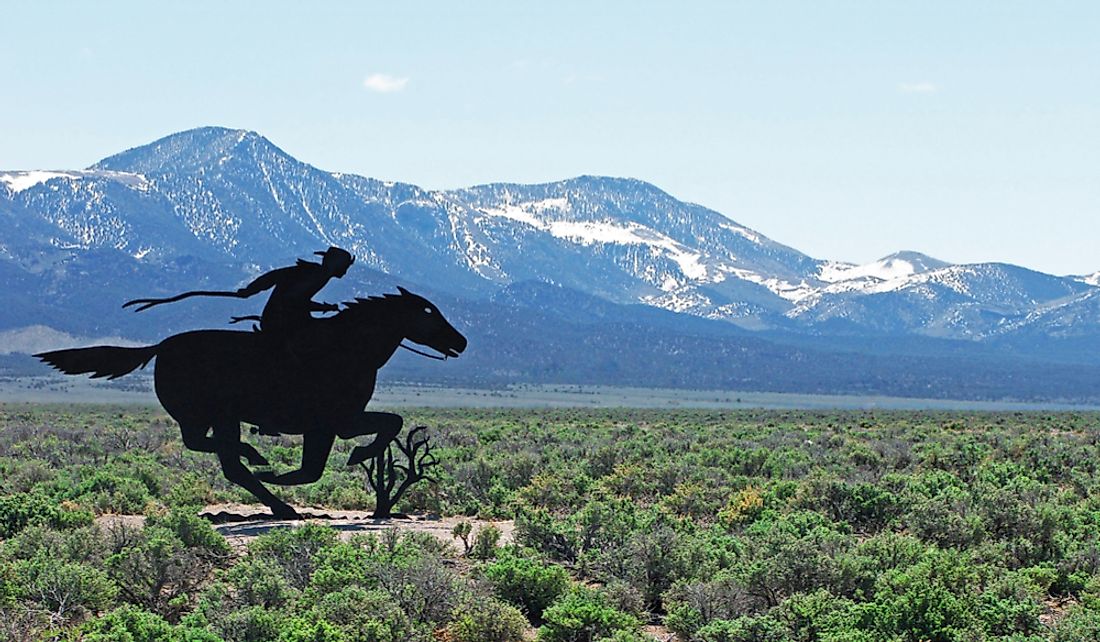What Was the Pony Express?

The Pony Express was a mail service created in the United States during the late 1850s that delivered newspapers, mail, and messages. The service was founded by William H. Russell, Alexander Majors, and William B. Waddell, who were already established in the freight industry. The purpose of the Pony Express was to provide a faster means of communication between the state of California, which was growing at a rapid rate, and the rest of the country.
Significance of the Pony Express
Although operational for only 18 months, the Pony Express was extremely efficient and could deliver messages between the Pacific and the Atlantic coasts of the US in about ten days. During its peak, it provided employed approximately 6,000 staff and owned thousands of oxen, wagons, warehouses, and other assets. One of its key achievements was the quick delivery of US presidential election results from Fort Kearny, Nebraska on November 7, 1860. In less than eight days, riders reached California with the results, declaring Lincoln’s victory. The Pony Express was the most popular method of communication during its time until the establishment of the transcontinental telegraph on October 24, 1861.
Pony Express Route and Stations
The Pony Express started in St. Joseph, Missouri and followed a route that was approximately 1,900 miles in length and included numerous stops. The route roughly followed the Oregon Trail, the California Trail, Wyoming's Fort Bridger, and the Mormon Trail to Salt Lake City, Utah. The route then passed through Carson City, Nevada and eventually reached Sacramento, California.
The route had a total of 184 stations, which all had station keepers to ensure smooth and successful operation. Most stations were established in existing structures, although some new stations were built in remote areas. There were two types of stations: swing stations and home stations. Swing stations were used to switch tired animals for rested ones, while home stations provided food and overnight accommodations for riders. In a day, a rider would travel a distance of around 75 miles.
Operations
At each station, riders would rest and get rested animals. Additionally, they would also collect a mail pouch, known as a mochila, which is a Spanish word for backpack or pouch. The contents of the pouch were considered to be significant, so much so that owners sometimes stated that the pouch was more important than the safety of the rider and animal. A mochila had a capacity of about 20 pounds of mail, and the horse could carry an additional 20 pounds. Riders could not weigh more than 125 pounds and were expected to ride both day and night. The riding time could be even longer in the case of an emergency.
As pay, each rider received a salary of $100 each month, which was a significant amount at that time. The name "pony" came from the small horses that were used, which had a height of about 58 inches and an average weight of 900 pounds. At any given time, the service had about 80 riders moving east or west.











